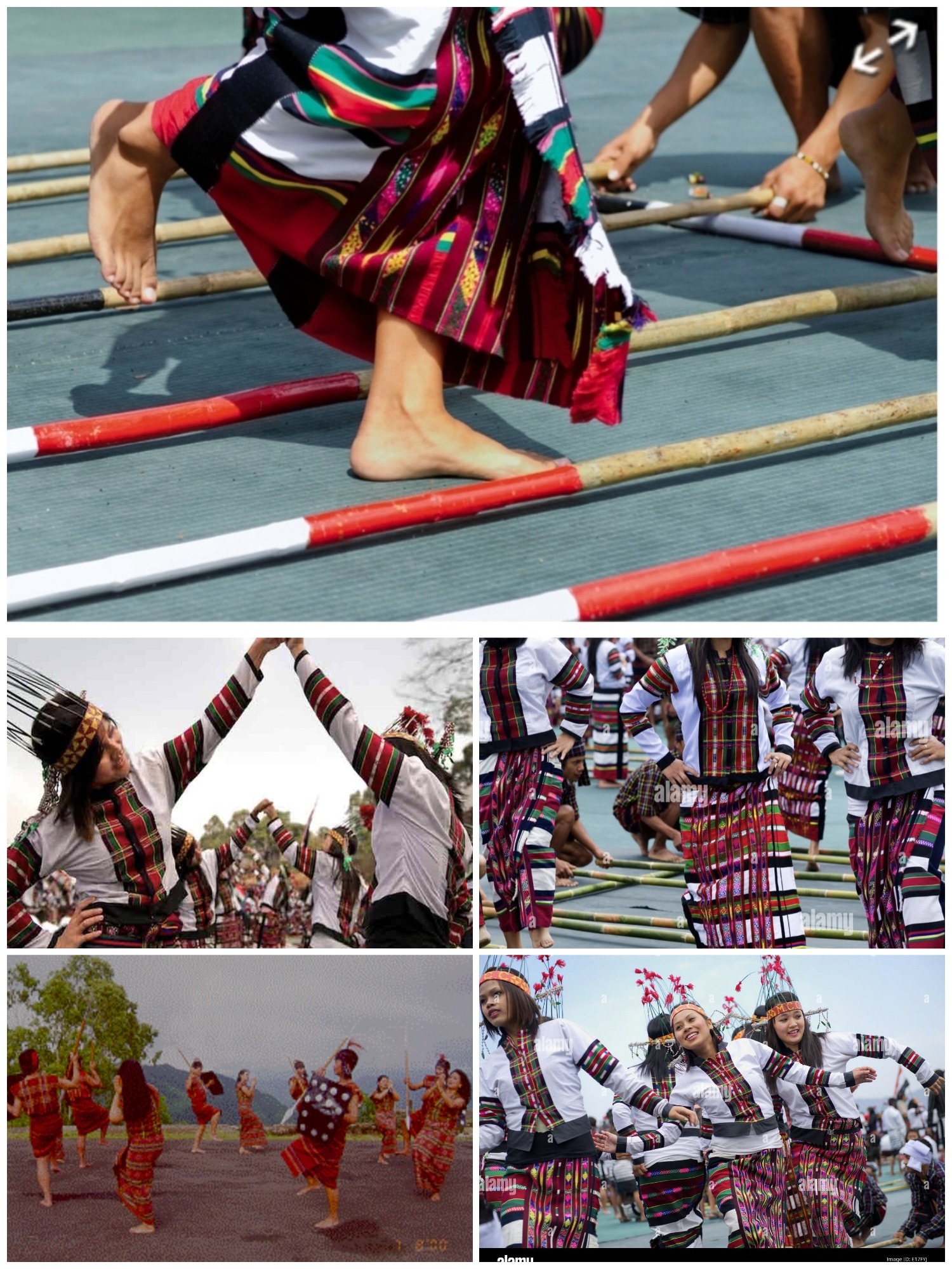
The sky of India's culture, dance, music, art, tradition, and folk belief is infinite. It is natural to be surprised to hear that dancing on someone's death purifies the soul of the person who dies. This strange belief is still prevalent among the Mizo tribals of Mizoram state in the Northeast of India. They believe that
The human soul attains purity through the rhythm and grace of the Cheraw dance, also known as the Bamboo dance. That's why this dance is performed even after someone's death.
This is the most popular dance in Mizoram. Long bamboo is used in this. There is eight bamboos in four groups of bamboos. Men and women dance together. Men hold these bamboos, and women dance inside and outside them, singing to the beat of the drum. Traditionally, music is provided here by playing drums, but modern musical instruments are also used nowadays. The style of bamboo dance is prevalent among various tribes in South Asia. The Mizo people perform at Cheraw festivals and special occasions.
Mizoram has a vibrant culture influenced by its ethnic diversity and historical heritage. Culturally and religiously, most of the population here is Christian and celebrates Christian festivals enthusiastically. Buddhists, Hindus, and Muslims also celebrate all their significant festivals traditionally. The Mizo people have a distinct cultural identity reflected in their language, customs, and traditions. Music and dance are integral to Mizo culture, and many traditional dances are performed during festivals and celebrations.
cheonglaizon dance
The Pavi tribe of Mizoram performs this dance. This is a unique dance style. This dance is performed in two different states of sadness and happiness. Interestingly, both occasions are pretty different from each other. This dance form is completed in a state of joy, such as welcoming a hunter after a good hunt. Men and women stand shoulder to shoulder, and this dance is performed with hand gestures and various postures. A colorful shawl is in the hands of these people, due to which the handprints look even more beautiful. The peculiarity of the dance is that on the death of a married woman, the husband performs this dance to express his grief and dances till he collapses from exhaustion.
open dance
This dance's unique dress is a green, yellow, red, and black striped dress called the pound. This dress symbolizes the bond of matrimony and is worn by all brides on their wedding day. Locally, this dance has no songs, but a gong called gabru is played. People dance to the beat of this bell. Traditionally it is the dance of the guests. The public is invited to view these demonstrations.
soulkin dance
This dance performed by the Pahite tribe is a warrior's dance. In this, the dancers dance with shields and weapons. The dancer's costume is made of colorful cloth and is adorned with traditional ornaments and a red feather.
This dance includes both singing and dancing.
SoulCay Dance
Soulkai is the dance of victory. Historically, this was done by warriors to display prowess and may keep the defeated warrior as an enslaved person. The Maras and Pavi tribes mainly perform this dance form. In this dance, the dancers sing their songs.
Chaillam Chapar Kut Dance
It is a festival in March which is a spring festival related to forest clearing. Chaillam dance is generally performed during this festival. In this dance, men and women alternately stand in a circle. The men dance by holding the shoulders of the women and the women by the waist of the men. The drummers live in the middle. Horn and Mithun are traditionally used. According to legend, this dance is usually performed with a liquor made from rice.
Paralam Dance
It is a dance performed by women. They wear flowers in their hair and wear colorful costumes. They sing and dance to their songs. The men perform the drums and music. The people associated with agricultural activities here organize three Kut, Chapchar, Mim Kut, and Pawal Kut festivals with dance thrice a year.